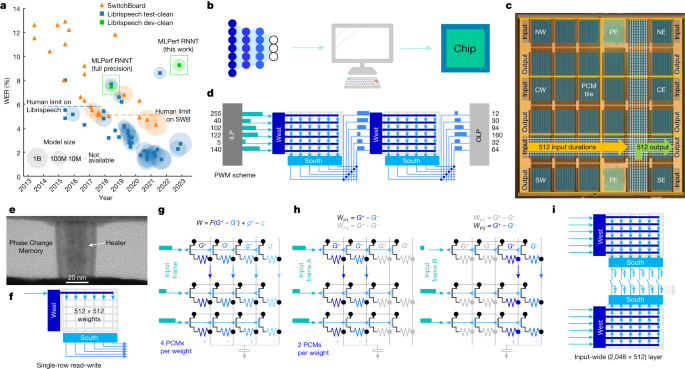2023-08-28 カリフォルニア大学リバーサイド校(UCR)
◆カリフォルニア大学リバーサイド校のKarine Le Roch教授率いるチームは、マラリア原虫のライフサイクルの遺伝子発現を制御するメカニズムに関心を持ち、特に長い非コードRNA分子である「lncRNA」に注目しました。
◆彼らは、P. falciparum内のlncRNAの役割を研究し、特定のlncRNA(lncRNA-ch14)がP. falciparumの性分化と性別決定に部分的に関与していることを発見しました。この新技術により、生存しながら細胞内のRNAを研究でき、マラリアの治療法開発や遺伝子発現の制御に新たな可能性が広がるとされています。
<関連情報>
- https://news.ucr.edu/articles/2023/08/28/new-approach-fighting-malaria
- https://www.nature.com/articles/s41467-023-40883-w
マラリア原虫におけるロングノンコーディングRNAの役割に関する新たな知見 Novel insights into the role of long non-coding RNA in the human malaria parasite, Plasmodium falciparum
Gayani Batugedara,Xueqing M. Lu,Borislav Hristov,Steven Abel,Zeinab Chahine,Thomas Hollin,Desiree Williams,Tina Wang,Anthony Cort,Todd Lenz,Trevor A. Thompson,Jacques Prudhomme,Abhai K. Tripathi,Guoyue Xu,Juliana Cudini,Sunil Dogga,Mara Lawniczak,William Stafford Noble,Photini Sinnis & Karine G. Le Roch
Nature Communications Published:22 August 2023
DOI:https://doi.org/10.1038/s41467-023-40883-w

Abstract
The complex life cycle of Plasmodium falciparum requires coordinated gene expression regulation to allow host cell invasion, transmission, and immune evasion. Increasing evidence now suggests a major role for epigenetic mechanisms in gene expression in the parasite. In eukaryotes, many lncRNAs have been identified to be pivotal regulators of genome structure and gene expression. To investigate the regulatory roles of lncRNAs in P. falciparum we explore the intergenic lncRNA distribution in nuclear and cytoplasmic subcellular locations. Using nascent RNA expression profiles, we identify a total of 1768 lncRNAs, of which 718 (~41%) are novels in P. falciparum. The subcellular localization and stage-specific expression of several putative lncRNAs are validated using RNA-FISH. Additionally, the genome-wide occupancy of several candidate nuclear lncRNAs is explored using ChIRP. The results reveal that lncRNA occupancy sites are focal and sequence-specific with a particular enrichment for several parasite-specific gene families, including those involved in pathogenesis and sexual differentiation. Genomic and phenotypic analysis of one specific lncRNA demonstrate its importance in sexual differentiation and reproduction. Our findings bring a new level of insight into the role of lncRNAs in pathogenicity, gene regulation and sexual differentiation, opening new avenues for targeted therapeutic strategies against the deadly malaria parasite.


